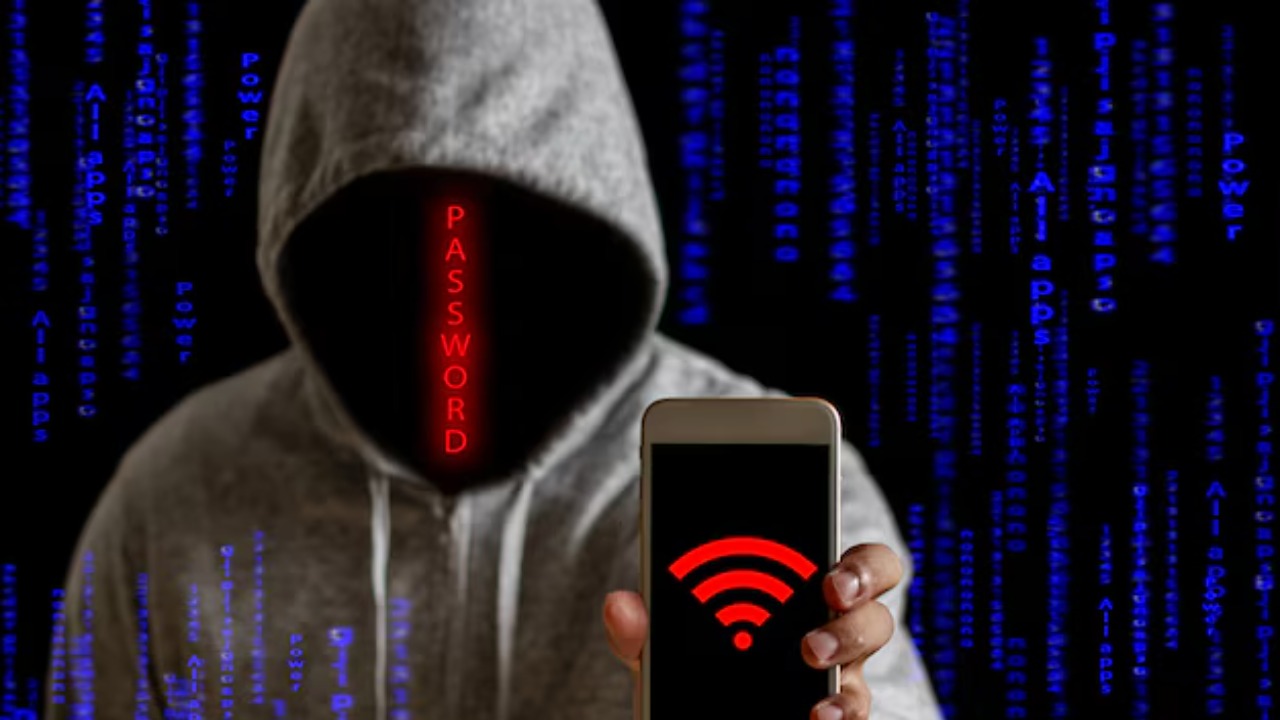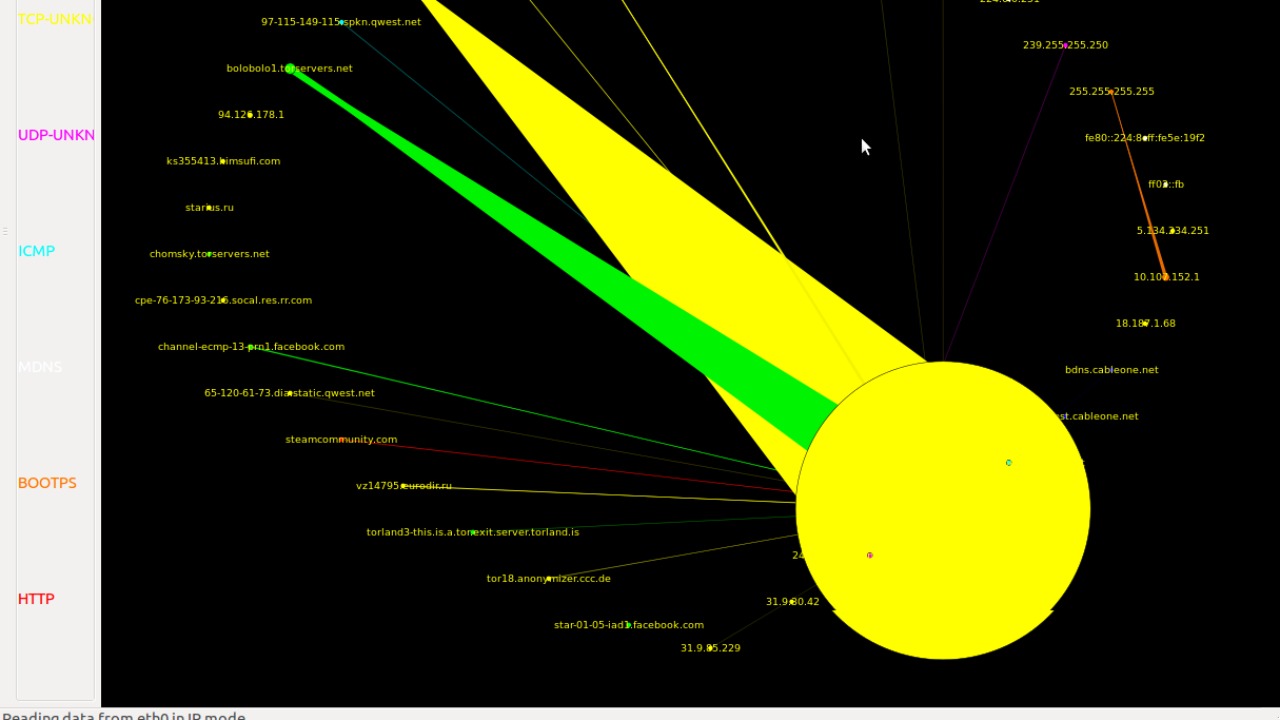
In the digital age, securing your Wi-Fi is more critical than ever. Hackers have become increasingly sophisticated, employing a variety of tricks to infiltrate networks, steal data, and cause havoc. Understanding these tactics can help you protect yourself and your sensitive information.
Rogue Access Points

Rogue access points are unauthorized wireless access points that appear within an organization’s network. Hackers set them up to intercept data or gain unauthorized access to a network. Once connected, unsuspecting users may unknowingly transmit sensitive information directly into the hands of the attacker. To defend against this, it’s crucial to regularly scan for and remove unidentified access points within your network.
Evil Twin Attacks

An evil twin attack involves a hacker setting up a fake Wi-Fi network that mimics a legitimate one. Users, thinking they are connecting to a safe network, inadvertently connect to the attacker’s network. This allows the hacker to monitor all data passing through. To avoid falling victim to such attacks, always verify the authenticity of a Wi-Fi network before connecting, especially in public places.
Packet Sniffing

Packet sniffing is a technique where hackers intercept network traffic to capture data packets. This method is used to steal sensitive information like passwords and personal data. By employing encryption protocols such as WPA3 for your Wi-Fi network, you can make it significantly harder for attackers to decipher intercepted data.
Man-in-the-Middle (MITM) Attacks

In a MITM attack, a hacker intercepts communication between two parties without their knowledge. They can eavesdrop or alter the data being exchanged. This is especially dangerous on unsecured Wi-Fi networks. To mitigate this risk, use VPNs when accessing sensitive information over Wi-Fi, as they encrypt your data, making it harder for attackers to exploit.
Deauthentication Attacks

Deauthentication attacks involve sending deauth packets to a Wi-Fi network, forcing devices to disconnect. This allows hackers to capture connection attempts and potentially decrypt passwords. Regularly updating router firmware and using robust encryption protocols can help protect against these disruptions.
Wi-Fi Pineapple Exploits

The Wi-Fi Pineapple is a device used by penetration testers and hackers to perform a variety of Wi-Fi attacks. It can mimic legitimate networks and intercept data. For a deeper understanding of how Wi-Fi Pineapple works, read this detailed report.
Awareness and cautious use of public Wi-Fi can prevent such exploits. Always verify network legitimacy and avoid transmitting sensitive data on public networks.
DNS Spoofing

DNS spoofing involves altering DNS records to redirect users to malicious sites. This can result in data theft or malware installation. Implementing DNSSEC (Domain Name System Security Extensions) can help protect against this type of attack by ensuring DNS data integrity.
MAC Address Spoofing

MAC address spoofing involves changing a device’s MAC address to bypass network filters or impersonate another device. This can be used for unauthorized network access or to evade detection. Implementing network monitoring solutions can help detect and block spoofed devices.